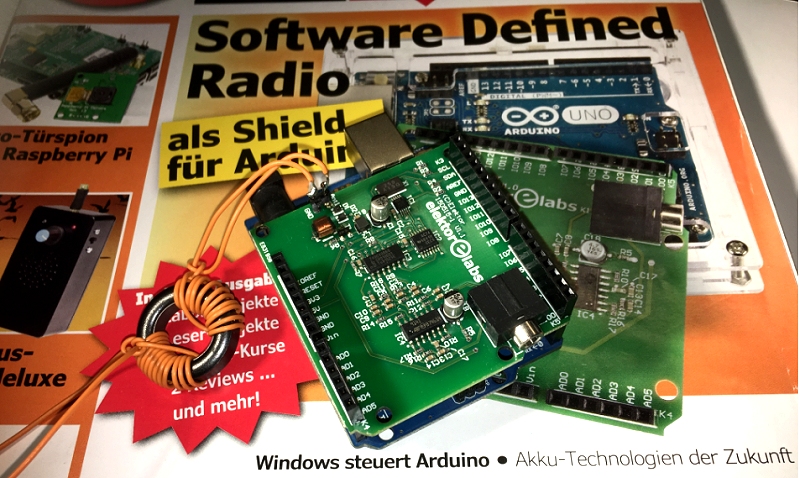
Joe Mitola says, "A software radio is a radio whose channel modulation waveforms are defined in software. While the concept of SDR is not new, the rapidly evolving capabilities of digital electronics render practical many processes which used to be only theoretically possible. mixers, filters, amplifiers, modulators/demodulators, detectors, etc.) are instead implemented by means of software on a personal computer or embedded system. Wikipedia : Software-defined radio (SDR) is a radio communication system where components that have been typically implemented in hardware (e.g.

Problems with traditional method : Limit cross-functionality Can only be modified through physical intervention Greater number of hardware parts Minimal flexibility in supporting multiple waveform standards Higher production costs I-Q Quatrature Front End : 90-degree phase shift between two identical mixers Second phase shift cancels second signal image, selects only desired signal Typical Superhetrodyne Front End : Spacing between signals becomes smaller Inter-modulation-generated false signals become likely Simple micer produces a mirror image Typical Superhetrodyne Front End : Share common characteristic – range of signals is very large Chance to encounter two strong closely-spaced signals at same time Simple Mixer Detector : Creates dual image at twice the « beat » frequency He not only imparts a theoretical background but also explains numerous open source software tools.Presentation on theme: "Software Defined Radio (SDR)"- Presentation transcript:īy Scott Hall TriLUG Presentation Nov. In this book, successful author and enthusiastic radio amateur, Burkhard Kainka describes the modern practice of software defined radio using the Elektor SDR Shield. Using an Arduino and the appropriate software, radio stations, morse signals, SSB stations, and digital signals can be received.

Amateur radio is not only a hobby, it’s also an emergency radio system!Įlektor’s SDR-Shield (SKU 18515) is a versatile shortwave receiver up to 30 MHz. In the event of a global power outage, there is nothing more important than the short-wave. Although technology is striving for ever higher frequencies, and radio is usually listened to on FM, DAB+, satellite or the Internet, modern means of transmission require extensive infrastructure and are extremely vulnerable.

By reflecting short-wave signals off the conductive layers of the ionosphere, they can be received in places beyond the horizon and therefore can reach anywhere on earth. The short-wave technique has a very particular appeal: It can easily bridge long distances.


 0 kommentar(er)
0 kommentar(er)
